Many countries impose time limits on storing frozen sperm, but a sperm bank study has found this may not be necessary as it has little effect on birth rates.


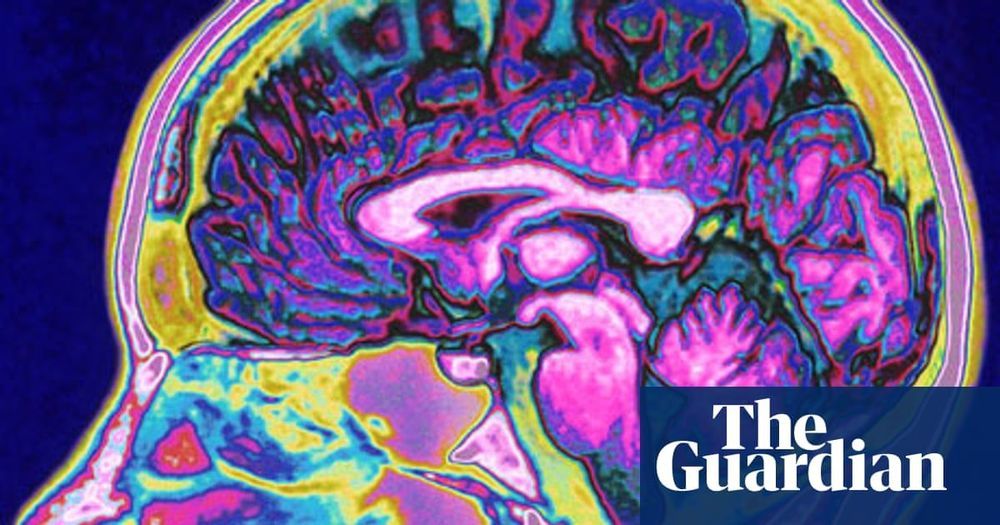
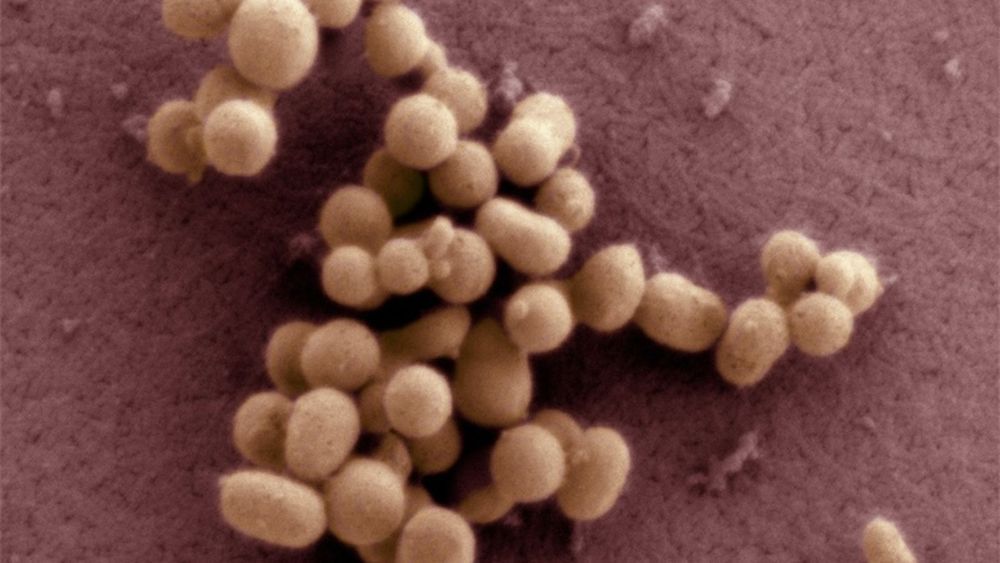
In one of the biggest breakthroughs in recent history, scientists have created a synthetic genome that can self-replicate. So what does this mean? Are we about to become gray goo?
Led by Craig Venter of the J. Craig Venter Institute (JCVI), the team of scientists combined two existing techniques to transplant synthetic DNA into a bacteria. First they chemically synthesized a bacterial genome, then they used well-known nuclear transfer techniques (used in IVF) to transplant the genome into a bacteria. And apparently the bacteria replicated itself, too, thus creating a second generation of the synthetic DNA. The process is being hailed as revolutionary.
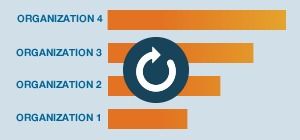
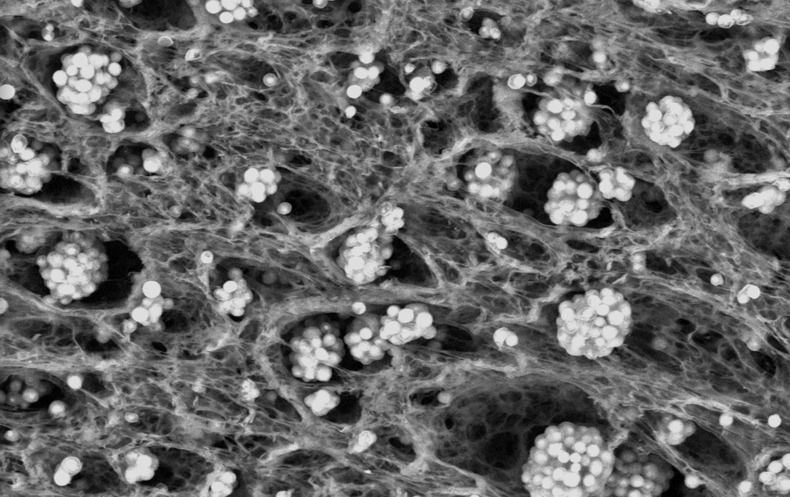
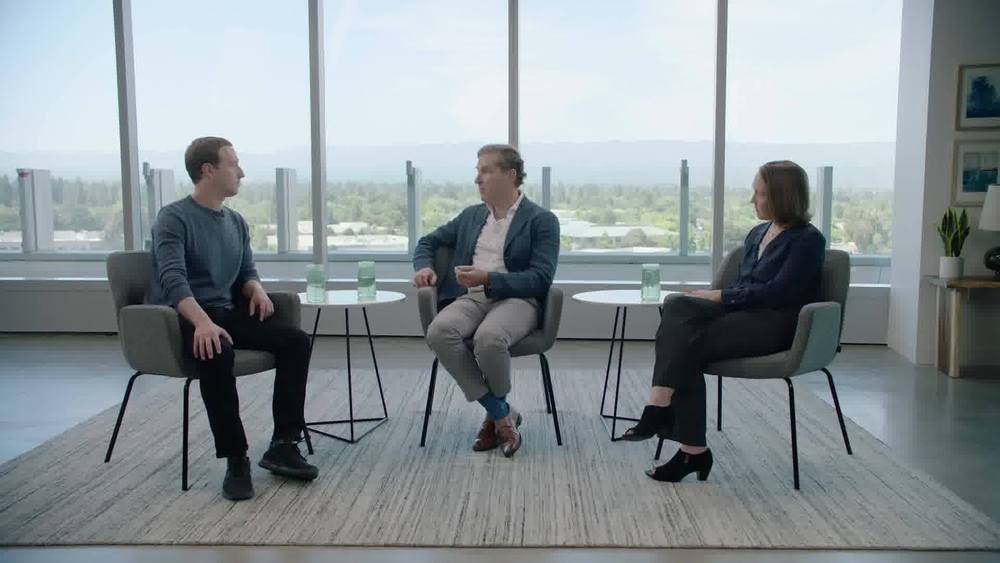
Click on photo to start video.
I’m joined by Jenny Martinez, the Dean of Stanford Law School, and Noah Feldman, a Professor at Harvard Law. They’re both experts in constitutional law, and Noah is also an advisor to Facebook helping us define the independent oversight board where people will be able to appeal our content decisions. The idea is to create a separation of powers so that while Facebook is responsible for enforcing our policies, we aren’t in the position to make so many decisions about speech on our own. This board will be tasked with upholding the principle of free expression while ensuring we keep our community safe.
This morning we also released a report with all the feedback we’ve gotten from experts about how to best set up this board based on almost 30 workshops we’ve hosted around the world. It also covers many of the questions asked in our live discussion, including how the board members should be selected to ensure independence, what the scope of their decision-making should be, the importance of publishing their deliberations, and more. You can check out the full report here: https://fbnewsroomus.files.wordpress.com/2019/06/oversight-b…port-1.pdf
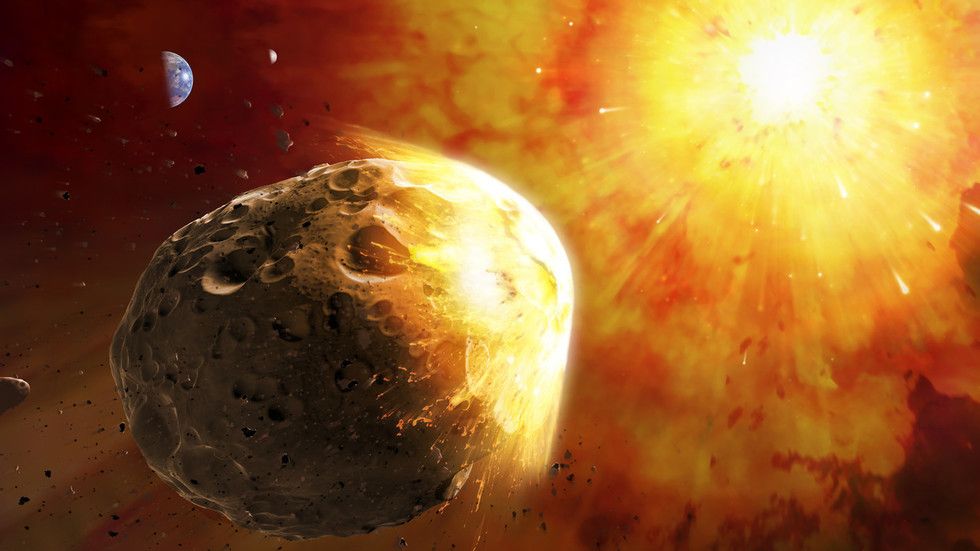
Whether it was the Big Bang, Midas or God himself, we don’t really need to unlock the mystery of the origins of gold when we’ve already identified an asteroid worth $700 quintillion in precious heavy metals.
If anything launches this metals mining space race, it will be this asteroid—Psyche 16, taking up residence between Mars and Jupiter and carrying around enough heavy metals to net every single person on the planet close to a trillion dollars.
The massive quantities of gold, iron and nickel contained in this asteroid are mind-blowing. The discovery has been made. Now, it’s a question of proving it up.
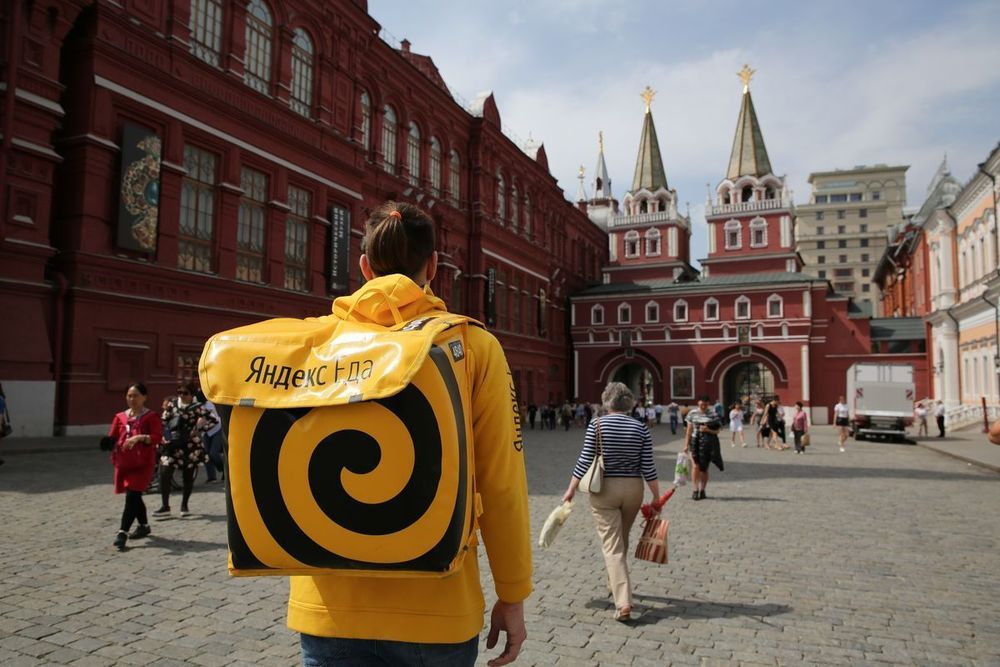
Five years ago, Yandex was just a search engine trying hard to fend off Google in its local market. Since then it has bought Uber Technologies Inc.’s Russia business, built its voice assistant into cars and home appliances, and more than doubled its revenue. Yandex now claims to have 108 million monthly users, which is about 75% of Russia’s population.
I’m woken up by an alarm on a home speaker designed by Yandex NV. I go to work in Yandex taxi listening to the company’s music-streaming service. My lunch is delivered by Yandex. Eats. I buy sneakers on the company’s Beru marketplace, and catch up on a series on its Kinopoisk smart-TV app in the evening.
You get the picture. Not so long ago, most decisions in Russia were decided by the state. Now, Russia’s largest tech company can cater to your every need.
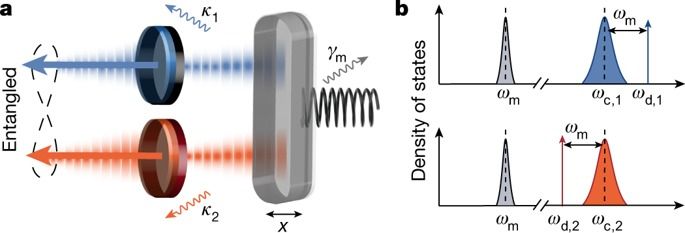
Mechanical systems facilitate the development of a hybrid quantum technology comprising electrical, optical, atomic and acoustic degrees of freedom, and entanglement is essential to realize quantum-enabled devices. Continuous-variable entangled fields—known as Einstein–Podolsky–Rosen (EPR) states—are spatially separated two-mode squeezed states that can be used for quantum teleportation and quantum communication. In the optical domain, EPR states are typically generated using nondegenerate optical amplifiers, and at microwave frequencies Josephson circuits can serve as a nonlinear medium4,5,6. An outstanding goal is to deterministically generate and distribute entangled states with a mechanical oscillator, which requires a carefully arranged balance between excitation, cooling and dissipation in an ultralow noise environment. Here we observe stationary emission of path-entangled microwave radiation from a parametrically driven 30-micrometre-long silicon nanostring oscillator, squeezing the joint field operators of two thermal modes by 3.40 decibels below the vacuum level. The motion of this micromechanical system correlates up to 50 photons per second per hertz, giving rise to a quantum discord that is robust with respect to microwave noise. Such generalized quantum correlations of separable states are important for quantum-enhanced detection and provide direct evidence of the non-classical nature of the mechanical oscillator without directly measuring its state. This noninvasive measurement scheme allows to infer information about otherwise inaccessible objects, with potential implications for sensing, open-system dynamics and fundamental tests of quantum gravity. In the future, similar on-chip devices could be used to entangle subsystems on very different energy scales, such as microwave and optical photons.